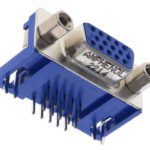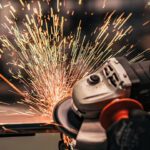How Connectors Lower Wiring Costs
The assumption that hardwiring will minimize wire installation costs is wrong. Here, Lapp Group explains how connectors lower wiring costs.
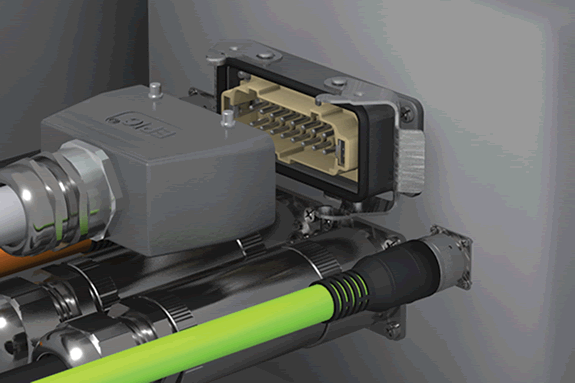
If you design or build industrial machines, you probably know all about hardwiring. It remains the most common way to bring power and signal to the machine because it offers a perceived savings in installation costs. But the cost savings are really just a mirage once you factor in the full range of wiring costs. These installation costs obviously include time and materials—the cost of the wire, cable, accessories, and labor. Less obvious is the fact that you’ll also incur hidden installation costs with labor and time-to-market considerations.
For example, many machines have to be disassembled for shipping and reassembled for startup, so you’ll have to hardwire parts of the machine at least twice. Then there’s the cost of errors. Field wiring errors are common, especially when local electricians, unfamiliar with the machine, are handling the wiring. At best, these errors can cause delays in machine commissioning. At worst, they can damage the machine. Finally, you’ll need to add in the cost of testing, which can be complex and expensive in hardwired systems.
Keep in mind that the hidden costs will grow exponentially with the number of connection points on the machine. Fortunately, you can avoid all these costs through “connectorization.” While connectors do require a bigger investment up front, you will recoup that money and then some.
Here’s how:
Connectors Enable Lower-Cost Machines
Connectors give engineers the flexibility to create modular machines that are faster and less expensive to build. With this approach to machine design, common subsystems and components can be pre-built, tested, and stocked for installation. Many machines can be designed from reusable modules, including the control panels, junction boxes, populated cable tracks, and motor assemblies. Sensors and actuators with prewired connectors are also increasingly available.
Connectorization provides the plug-and-play assembly that makes modular machines so attractive from a cost standpoint. Not only will the connectorized modules be easier to assemble, but they also ensure wiring integrity. For example, when multiple connectors can be mounted side-by-side, they can be keyed so that each cable connector only mates with the right receptacle. One anti-connector claim you’ll hear is that they can’t possibly cover all the scenarios addressed by point-to-point wiring, which is inherently a custom approach. Nowadays, however, electrical connectors address just about every power, control, signal, and data application you can imagine. Some of these connectors are dedicated to particular electrical specifications and have a fixed number of contacts. Also, custom modular connectors can meet specific machine requirements not addressed by off-the-shelf dedicated connectors. These modular connectors can pack power and control contacts, fiber optic contacts, pneumatic ports, and data bus connectors into a environmentally protected housing.
Machines Ship Faster
When new, large machines get ready to ship, they have to undergo at least some disassembly. At the very least, cables to and from the control panel will need to be disconnected for shipping. With hardwired machines, this extra step can be time-consuming, expensive, and fraught with error.
With connectorized machines, you simply unplug any cables from the panel’s bulkhead connectors. Wire routing and connections internal to the panel remain undisturbed. The same holds true for junction boxes, motor assemblies, sensors, and data cables.
Quicker Commissioning
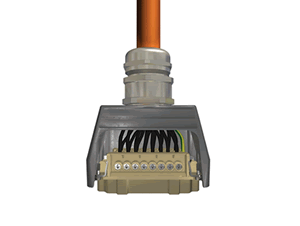 Once the machine arrives at its destination, all wires disconnected for shipment need to be connected all over again. In many cases, local electricians perform this crucial rewiring process using a set of wiring schematics. Since the electricians may know little about the machine and how it works, the rewiring process is notorious for incurring costly mistakes and start-up delays. Machine builders sometimes minimize this risk by sending one or more factory technicians to complete the installation, and traveling technicians will drive up costs. Connectorized machines, by contrast, have a true plug-and-play startup process. The need to rewire the machine in the field and the possibility of wiring mistakes are eliminated. This means no costly troubleshooting or replacement of damaged components. For large, complex machines, installation and startup procedures that would take several weeks can often be reduced to a matter of days.
Once the machine arrives at its destination, all wires disconnected for shipment need to be connected all over again. In many cases, local electricians perform this crucial rewiring process using a set of wiring schematics. Since the electricians may know little about the machine and how it works, the rewiring process is notorious for incurring costly mistakes and start-up delays. Machine builders sometimes minimize this risk by sending one or more factory technicians to complete the installation, and traveling technicians will drive up costs. Connectorized machines, by contrast, have a true plug-and-play startup process. The need to rewire the machine in the field and the possibility of wiring mistakes are eliminated. This means no costly troubleshooting or replacement of damaged components. For large, complex machines, installation and startup procedures that would take several weeks can often be reduced to a matter of days.
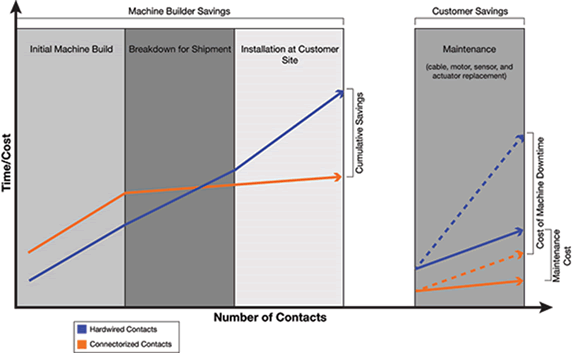
Ongoing Savings
Machine buyers today expect and demand continuous, uninterrupted operation of their manufacturing and assembly lines. In large factory operations, even the briefest downtime can cost hundreds of thousands of dollars due to lost production. With a connectorized machine, replacement of a burned-out motor, failed sensor, or damaged component or cable takes place as quickly as the replacement parts can be installed on the machine. In other words, connectorized systems remove any wiring-related downtime.
For machine builders, the ability to quickly ship, install, and maintain machines represents an important selling point for their customers. While the up-front cost for connectors is higher, this one-time cost will be more than offset by the recurring and hidden costs associated with hardwiring.
